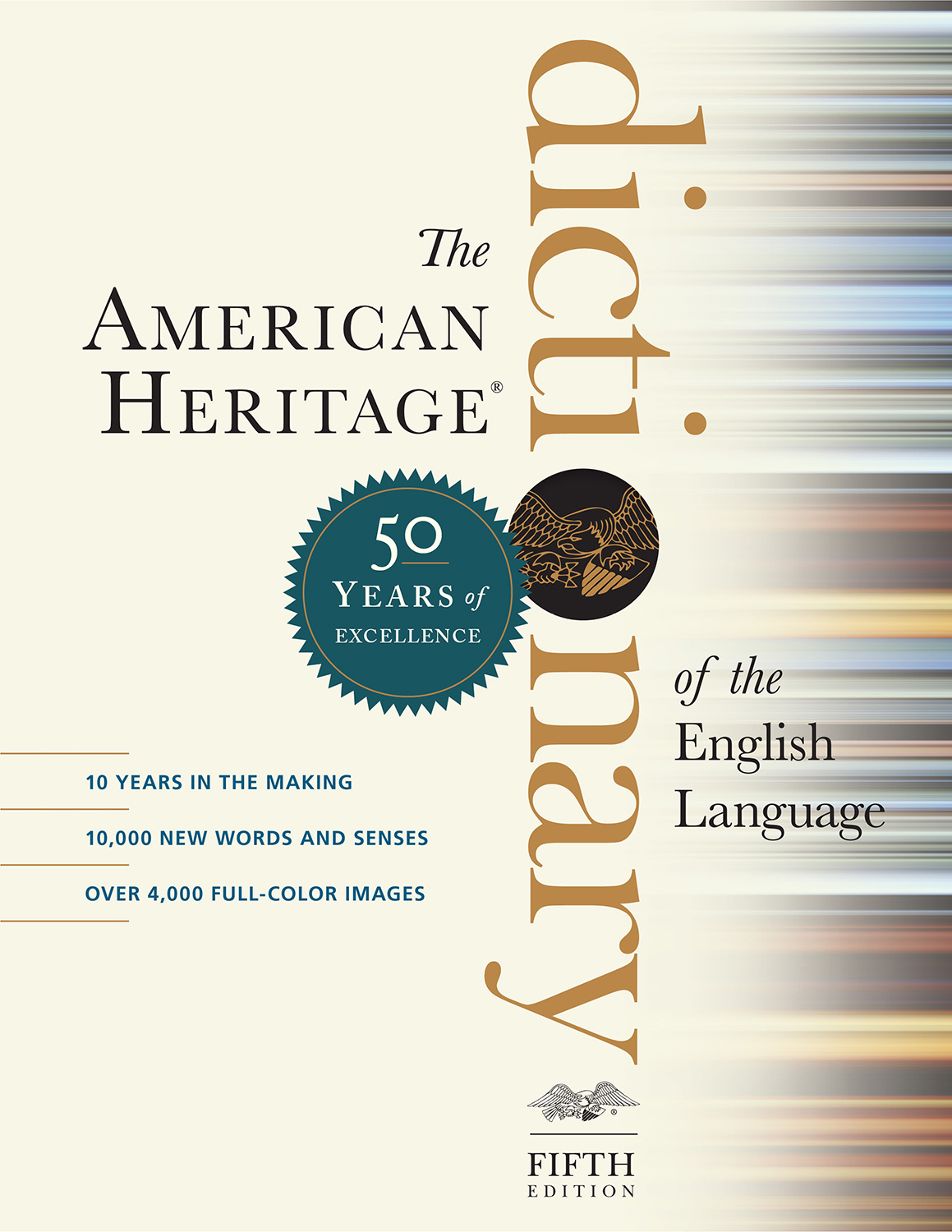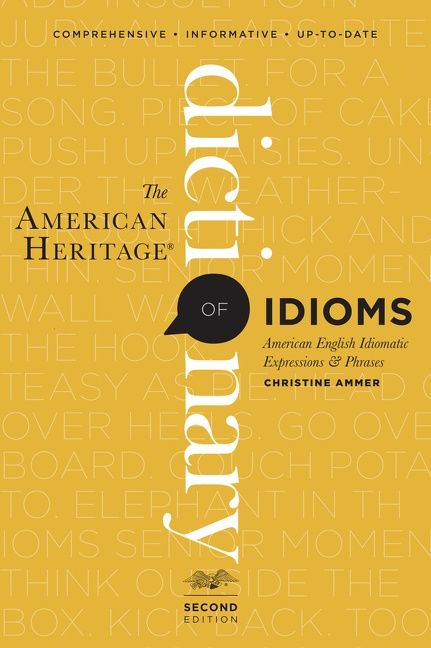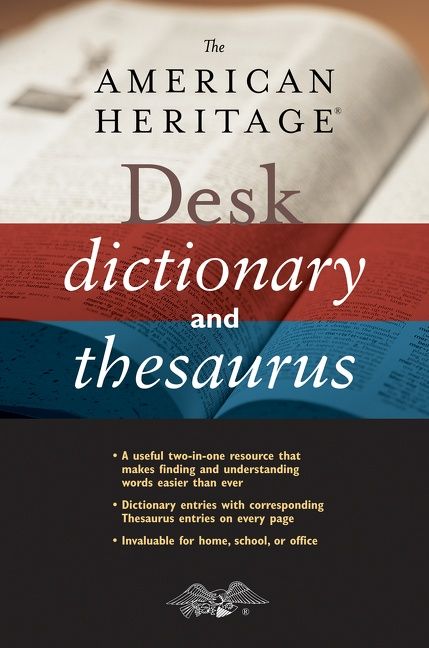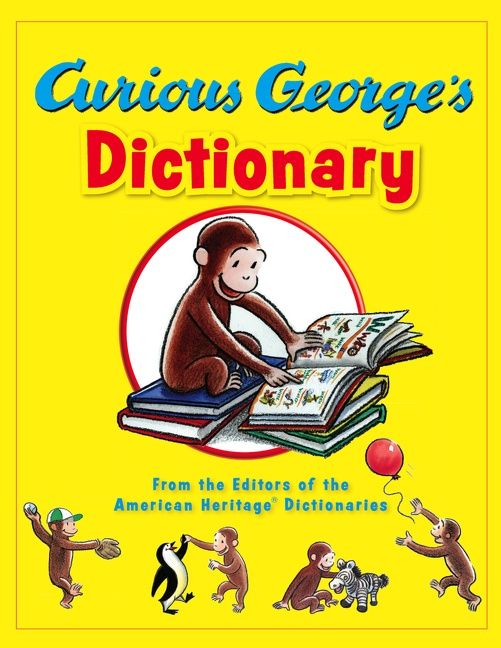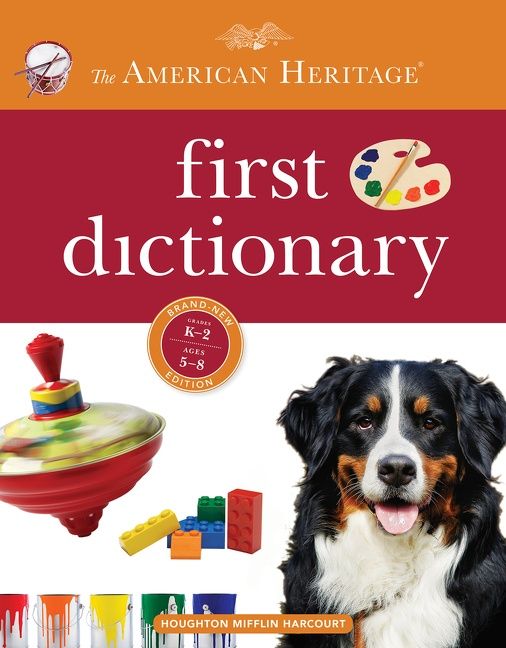The American Heritage® Dictionary of the English Language, Fifth Edition copyright ©2022 by HarperCollins Publishers. All rights reserved.
n. A variety of apple having dark red skin and white flesh. [After the Empire State, nickname for the state of New York, where it was developed.] |
The American Heritage® Dictionary of the English Language, Fifth Edition copyright ©2022 by HarperCollins Publishers. All rights reserved.
em·pire  (ĕmpīr′) (ĕmpīr′)
Share:
Tweet n. 1. a. A political unit having an extensive territory or comprising a number of territories or nations and ruled by a single supreme authority. b. The territory included in such a unit. 2. An extensive enterprise under a unified authority:a publishing empire. 3. Imperial or imperialistic sovereignty, domination, or control:the extension of empire to distant lands. [Middle English, from Old French, from Latin imperium, from imperāre, to command; see EMPEROR.] |
The American Heritage® Dictionary of the English Language, Fifth Edition copyright ©2022 by HarperCollins Publishers. All rights reserved.



